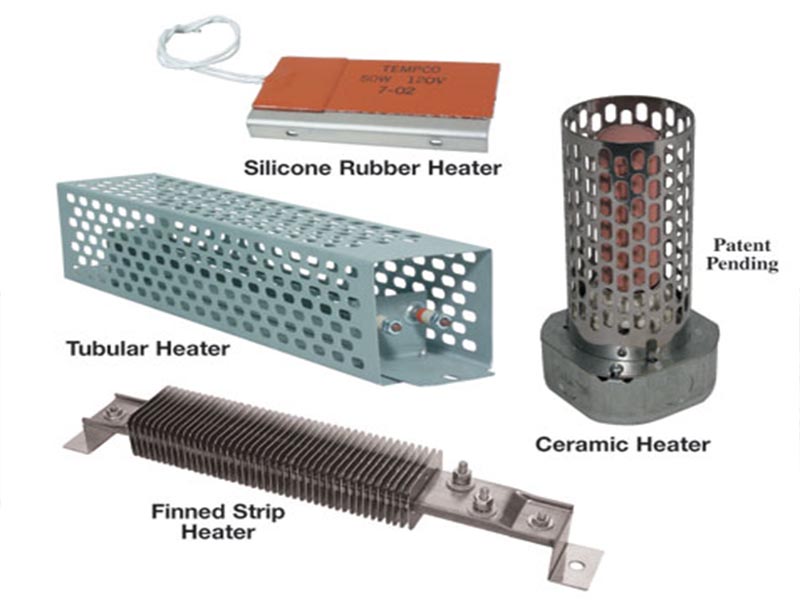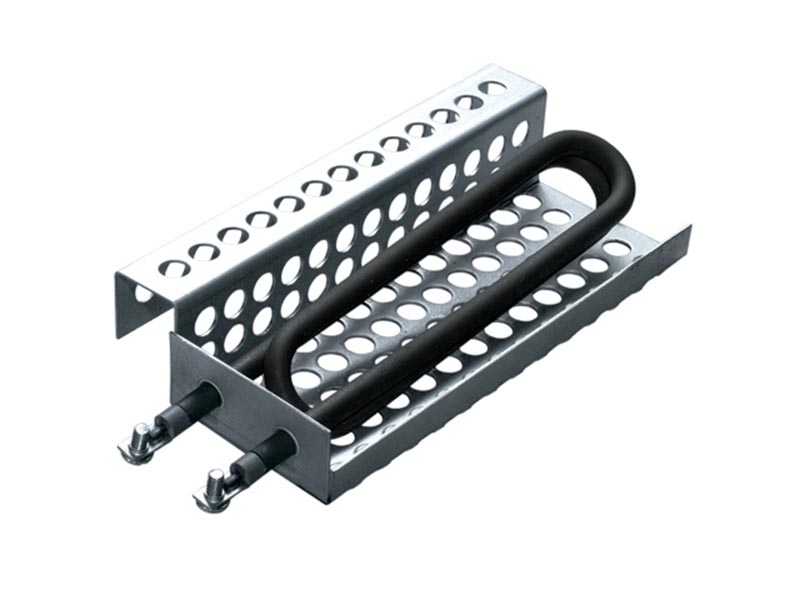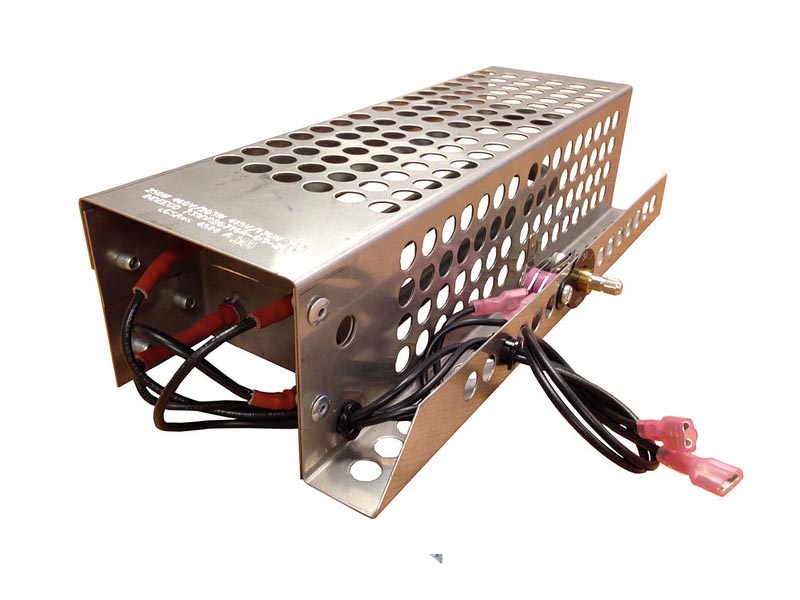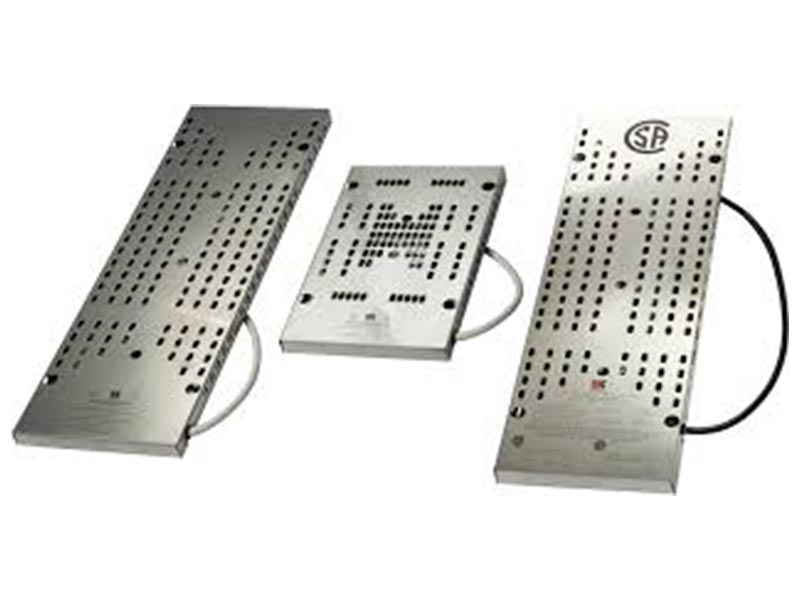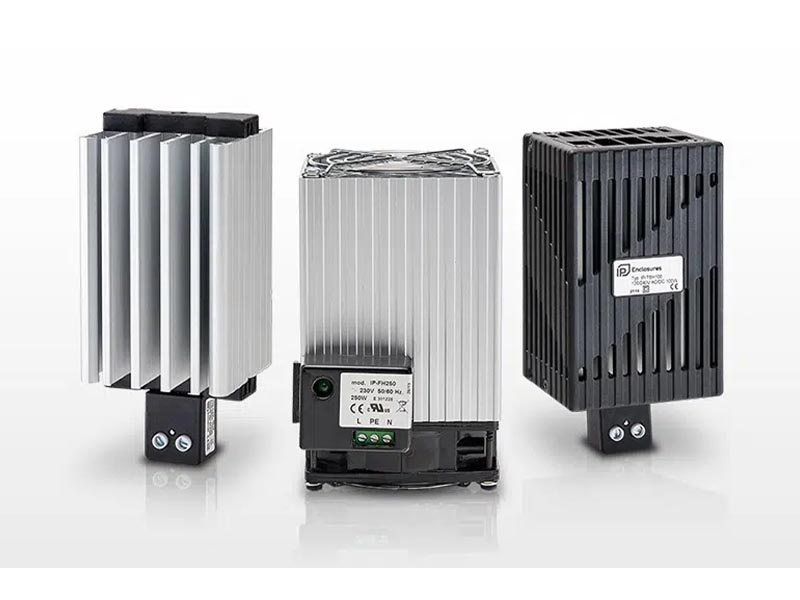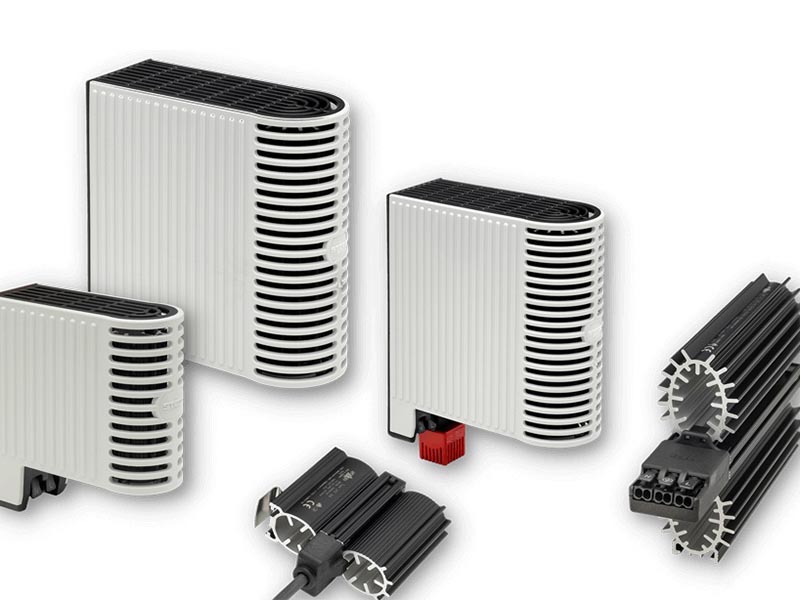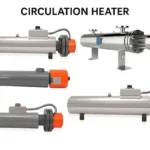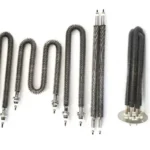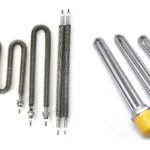Moisture wrecks electrical cabinets. Failures cascade through control systems. Stop condensation damage with proper enclosure heating.
Enclosure heaters protect electrical components by maintaining internal temperature above dew point. This prevents moisture buildup that causes shorts, corrosion, and equipment failure.
Now let’s examine key considerations for maximizing protection and efficiency. Each industrial scenario demands tailored solutions.
How Enclosure Heaters Prevent Condensation Damage in Electrical Cabinets
Humidity penetrates sealed enclosures. Corrosion eats circuits overnight. Strategic heating halts moisture invasion.
Enclosure heaters combat condensation by raising internal air temperature above dew point. This keeps relative humidity below dangerous levels, protecting sensitive electronics from water damage.
Understanding Condensation Dynamics
Temperature drops create condensation risk. Warm air holds more moisture than cold air. When cabinet surfaces cool below dew point, airborne water vapor turns liquid.
Impact of Temperature Fluctuations
Industrial environments experience daily temperature cycles. Night cooling often triggers condensation inside enclosures. Production machinery compounds this with operational heat variations.
Heater Placement Strategies
- Bottom placement: Warm air rises naturally
- Near air vents: Combats moisture entry points
- Away from components: Prevents localized overheating
| Temperature Difference | Dew Point Risk | Recommended Wattage Range |
|---|---|---|
| <5°C (9°F) | Low | 50-100W |
| 5-10°C (9-18°F) | Moderate | 100-200W |
| >10°C (>18°F) | High | 200-400W |
We design heaters with thermostatic control capabilities. This maintains 3-5°C (5-9°F) above ambient temperature. Proper sizing prevents underperformance or energy waste. Larger enclosures often need multiple heaters. Environmental factors like washdown areas require waterproof units. Regular maintenance checks ensure continuous protection.
Choosing the Right Enclosure Heater: Wattage, Size, and Mounting Guide
Undersized heaters compromise protection. Oversized units spike energy bills. Precision matching prevents both failures.
Select heaters based on cabinet volume, temperature delta required, and insulation level. Mounting configuration must align with internal layout constraints.
Calculation Essentials
Precise wattage prevents operational issues. Necessary heating capacity depends directly on enclosure volume and target temperature rise.
Key Selection Steps
- Measure internal dimensions in cubic feet/meters
- Determine minimum temperature rise requirement
- Add safety margin for door openings or ventilation
Heat Distribution Variations
Different mounting approaches impact performance:
| Mounting Type | Heat Distribution | Installation Difficulty |
|---|---|---|
| Flange-mounted | Directional | Low |
| Adhesive backing | Localized | Very low |
| Clip-on | Balanced | Medium |
| Snap-in | Uniform | High |
Consider door access frequency when planning placement. We offer custom-formulated wattage densities for irregular spaces. NEMA ratings must match environmental exposure levels. Explosion-proof units feature thicker casings with flame paths. Low-profile options conserve instrument panel depth. Always ensure serviceability without equipment dismantling. Our team validates thermal simulations before manufacturing.
Top 5 Industrial Enclosure Heater Brands: RS, Omega, nVent Compared
Vendor options overwhelm buyers. Performance gaps cost operations. Compare core capabilities upfront.
Leading brands include RS Pro, Omega, nVent Hoffman, Chromalox, and Buder. Critical differences involve certifications, durability, and customization potential.
Feature Benchmarking
Performance divergence appears in extreme environments. Material quality decides longevity under continuous operation.
Certification Levels
- ATEX/IECEx: Hazardous location compliance
- IP67: Full water/dust protection
- UL/CE: Safety standardization
Brand Capability Matrix
| Brand | Max Temp | Customization | Lead Time | Industrial Focus |
|---|---|---|---|---|
| RS Pro | 149°C | Limited | 1-3 days | General manufacturing |
| Omega | 260°C | Moderate | 2-4 weeks | Research facilities |
| nVent Hoffman | 204°C | Extensive | 3-5 weeks | Chemical plants |
| Chromalox | 343°C | Full | 6-8 weeks | Heavy industry |
| ELEKHEAT | 315°C | Full | 2-3 weeks | Automotive/Oil & Gas |
Environmental seals deteriorate first in cheap units. We use double-moulded terminal seals validated at 1500-hour salt spray tests. Metal sheath alloys vary between SS304 and Incoloy. Some brands limit input voltage options. Critical applications demand redundant heating circuits. Our explosion-proof series passes third-party methane ignition testing. Always specify corrosion resistance for coastal plants.
DIN-Rail vs. Low-Profile Enclosure Heaters: Which Suits Your Control Panel?
Space constraints challenge installations. Wiring complexity wastes hours. Optimize footprint and integration.
DIN-rail models suit standardized cabinets with existing rails. Low-profile units fit shallow depth enclosures but lack rail versatility.
Mounting Analysis
Mechanical configuration dictates serviceability. Snap-on DIN attachments simplify component swaps during maintenance.
Dimension Comparisons
- Standard DIN: Requires 65mm panel depth
- Low-profile: Functions in <30mm cavity space
- Ultra-slim: Fits behind terminal blocks (<20mm)
Compatibility Matrix
| Feature | DIN-Rail Heaters | Low-Profile Heaters |
|---|---|---|
| Rail Space Needed | 35mm per module | None |
| Connection Style | Plug-in terminal blocks | Lead wires |
| Thermal Output | 20-80W @ 24VDC | 15-45W @ 24VDC |
| Shared Accessory | Thermostat modules | Self-regulating only |
| Multi-heater Setup | Expandable rail segments | Separate installations |
Rail-mounted units integrate with existing power distribution blocks. Low-profile alternatives mount behind instrumentation via adhesive backings. Plenum-rated materials meet UL94 flammability codes. Consider vibration resistance with mobile applications. We embed silicone rubber layers between heating elements and casings. This dampens vibrational stress at transportation joints. Avoid metal-to-metal contact on painted surfaces.
Why PTC Heating Elements Matter in Compact Enclosure Heaters
Conventional heaters consume excess energy. Overheating risks persist during failures. Self-regulation solves both problems.
PTC (Positive Temperature Coefficient) heaters self-limit maximum temperature. They reduce power draw at operating threshold without external controls.
Material Science Innovation
PTC ceramics exhibit unique resistance properties. Conductivity decreases exponentially at target temperatures.
Performance Advantages
- Automatic power reduction: -40% current at stabilization
- Thermal cutoff: Intrinsic component protection
- Even heat distribution: Eliminates hot spots
Comparative Design Analysis
| Parameter | Standard Heating Elements | PTC Element Technology |
|---|---|---|
| Overshoot Risk | High (requires thermostat) | None (inherent regulation) |
| Frost Protection | Manual settings needed | Autonomous adjustment |
| Failure Mode | Continuous overheating | System shutdown |
| Cycling Frequency | High (wear & tear) | Minimal |
| Maintenance Burden | Monthly thermal monitoring | Annual function check |
Constant-wattage heaters require auxiliary thermostats. These add bulk and failure points. We engineer PTC materials to stabilize within ±2°C without controllers. Energy savings reach 36% in field case studies. Ceramic discs resist chemical splashes in food processing. Our manufacturing process involves laser-sintering conductive polymers. Quality checks validate uniformity through infrared topography scanning. Choose PTC for confined instrument compartments lacking external controls.
Conclusion
Enclosure heaters safeguard critical electronics. Proper selection prevents costly downtime. Match technology to your specific operational demands.


